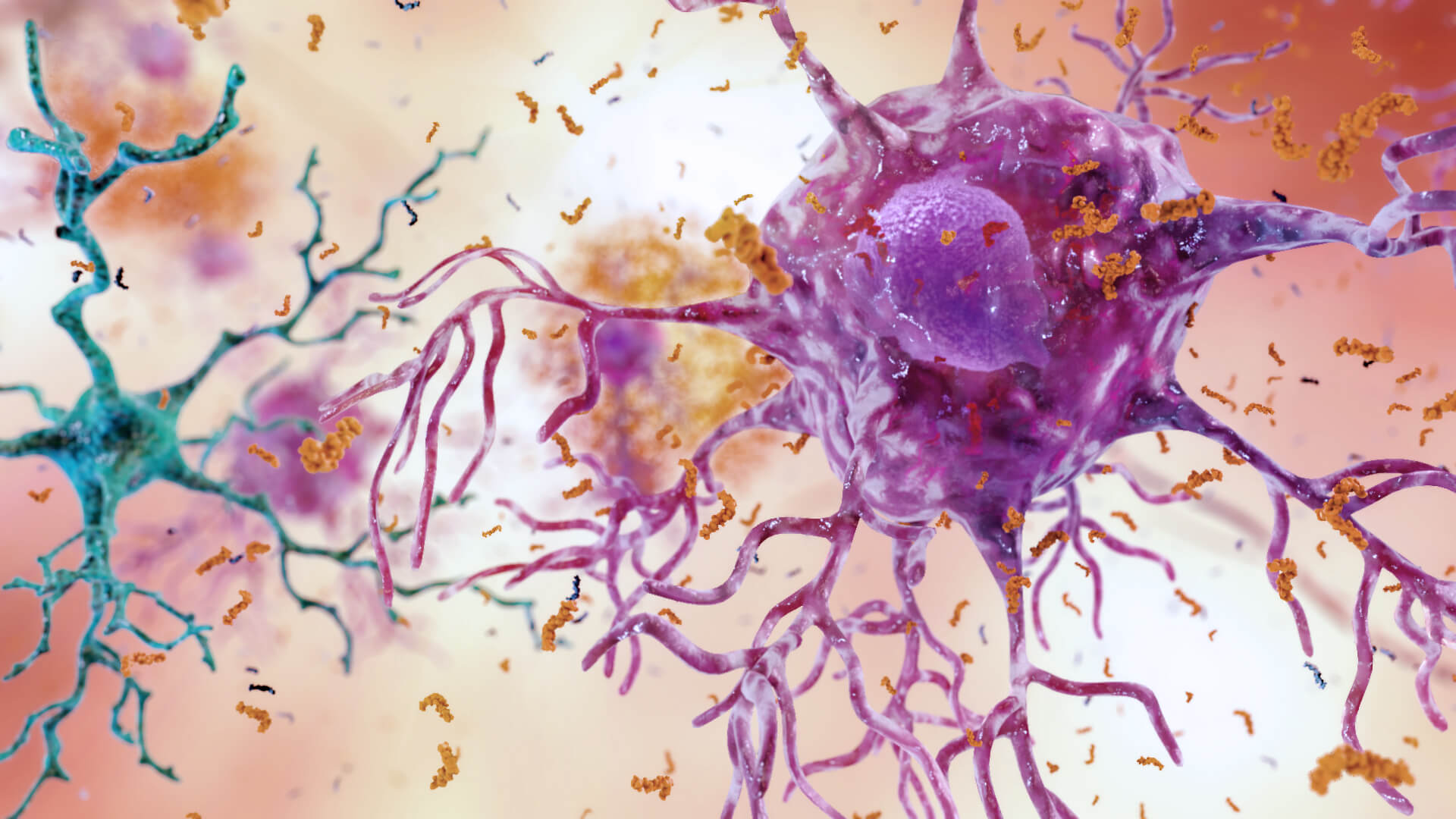Harnessing Wild Horses: New Roles of Free Radicals in Cell Signaling
The free radical theory of aging suggests that reactive oxygen species (ROS) and similar chemicals are responsible for a large part, or perhaps all, of the molecular and cellular damage that accumulates in aging bodies. However, more detailed analysis has revealed that some free radicals have essential signalling functions within the cell. These functions are likely to explain some of the failure of antioxidant therapy to extend lifespans in model organisms.




